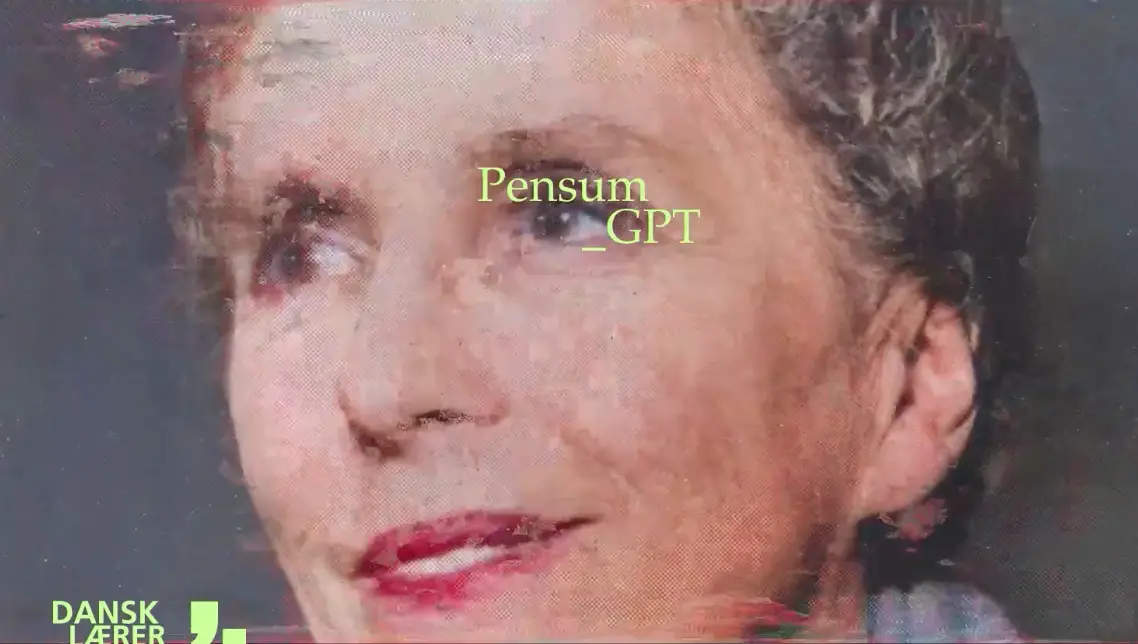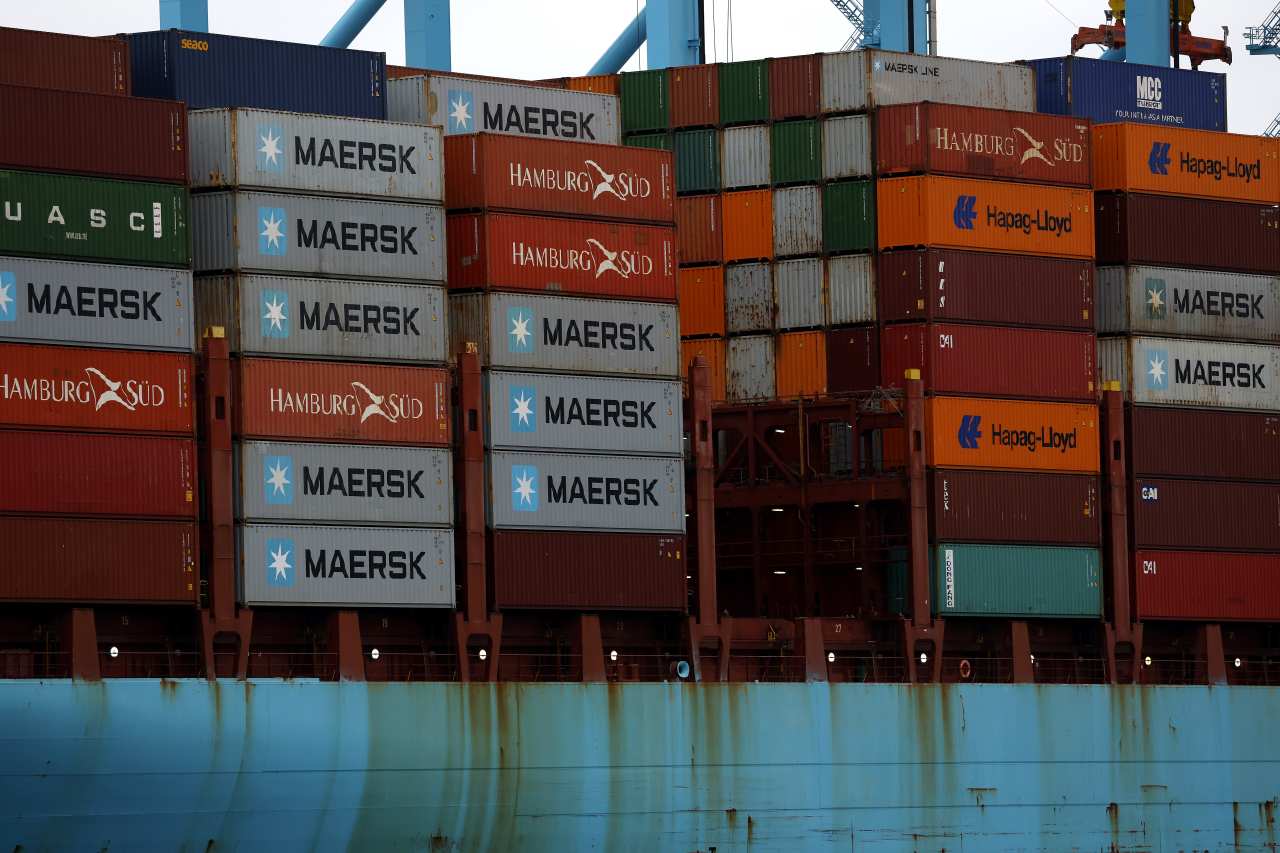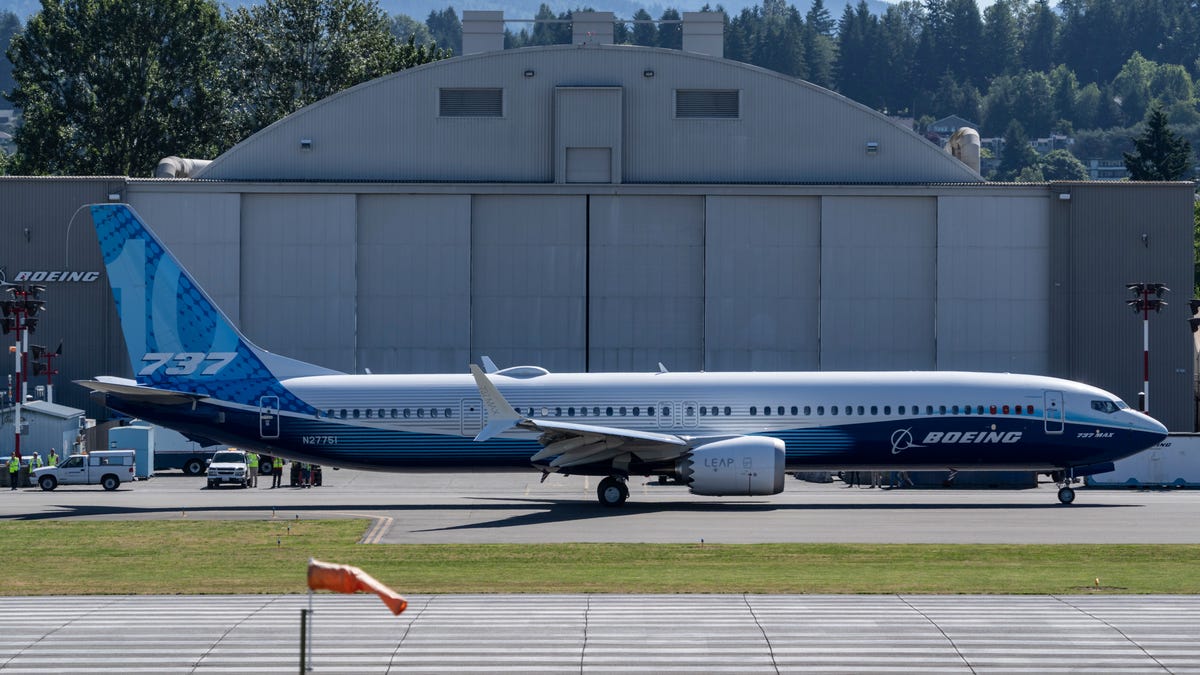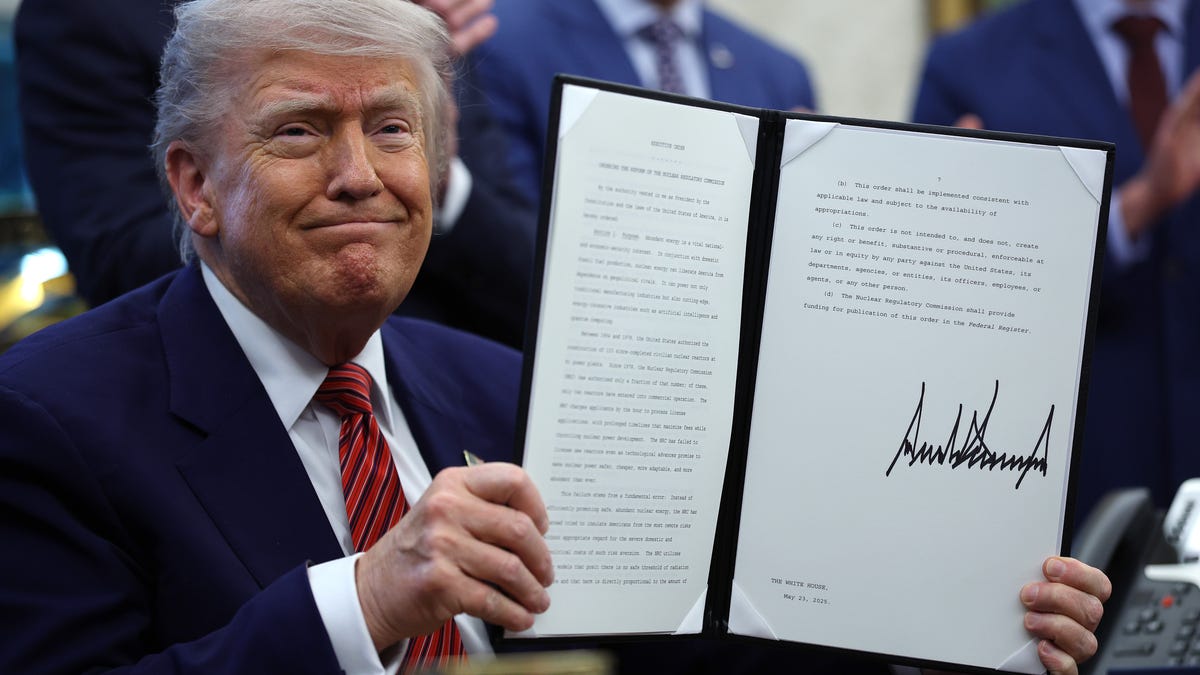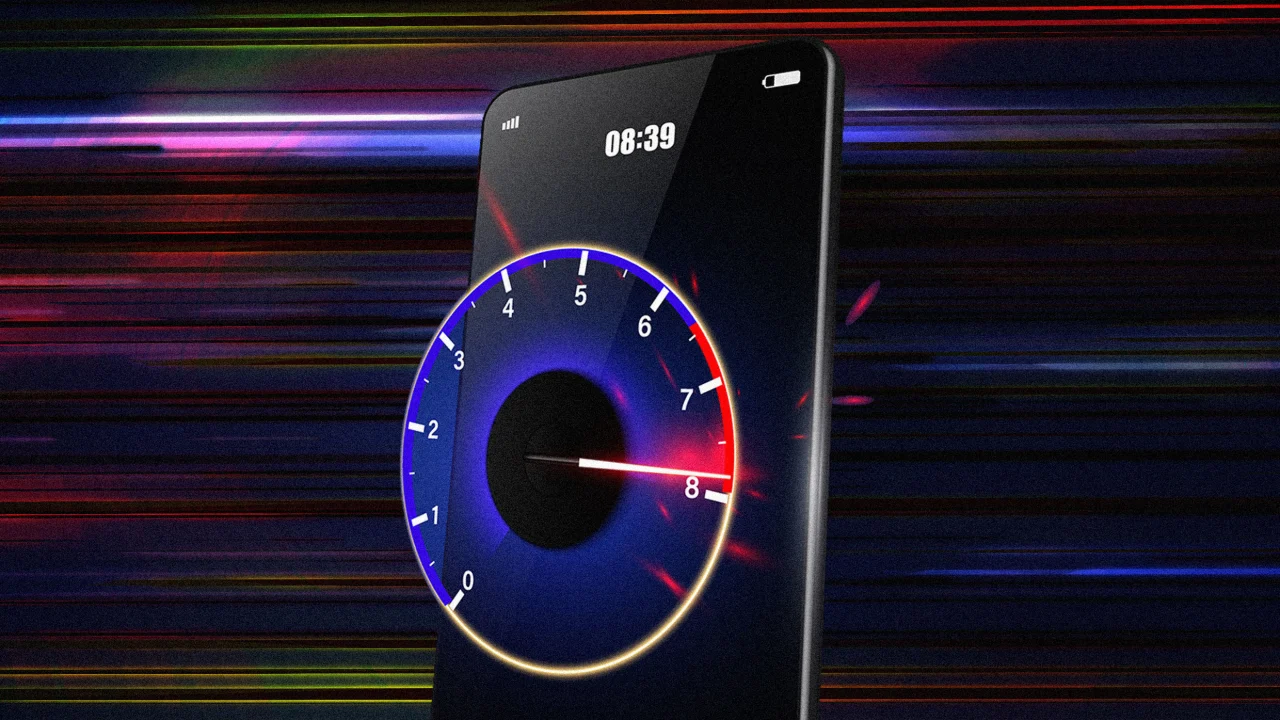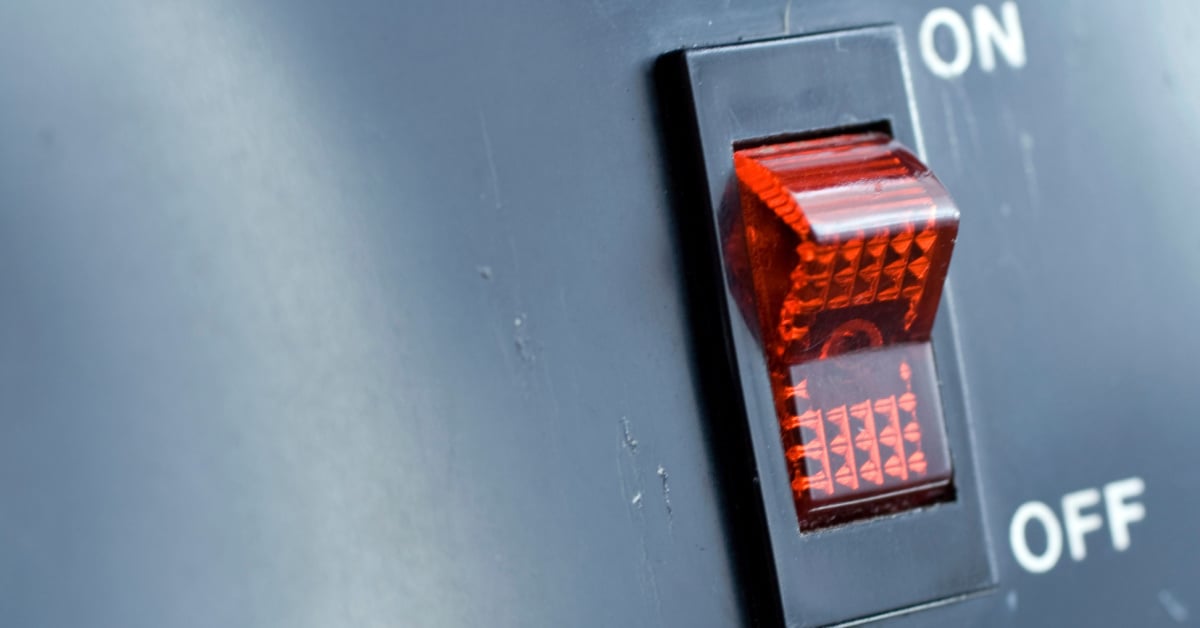Minus Zero launches autopilot system designed for Indian traffic condition
The system uses vision-based technology and foundational AI models to operate in real-world conditions without relying on high-definition maps or rule-based algorithms.


Bengaluru-based deeptech startup Minus Zero has introduced what it calls India’s first end-to-end autopilot system capable of navigating the country’s dense and unstructured urban traffic.
The system uses vision-based technology and foundational AI models to operate in real-world conditions without relying on high-definition maps or rule-based algorithms. According to the company, it has been tested on complex Bengaluru streets and can handle unpredictable elements such as stray animals, pushcarts, two-wheelers like Yulu bikes, and vehicles on narrow roads, with or without lane markings.
Minus Zero’s approach centers on self-supervised learning, where the AI system is trained on large volumes of raw data without human annotations. The technology runs entirely on camera inputs and is designed to adapt to environments it has never encountered before.
“We are already working with a couple of large OEMs in their journey to upgrade to these solutions,” said Gagandeep Reehal, Co-founder and CEO of Minus Zero. “While we are still developing and validating the system, we aim to be ready for production in the next two years.”
The current version of the autopilot falls under the "Hands Off and Eyes On" category, which requires a safety driver to remain present during operation. The company has not yet positioned the system as fully autonomous.
Minus Zero highlights five key differences in its technology:
- A shift from traditional supervised, rule-based algorithms to self-learning AI models
- Minimal hardware requirements using a vision-first stack instead of costly sensors like LiDAR
- Removal of dependency on HD maps, which are expensive to build and largely unavailable in India
- Built-in scalability that allows the system to adapt to new geographies and vehicle formats without major redesign
- A full-stack AI platform that includes generative AI, simulation tools, and custom onboard software
Reehal said the technology represents a new wave of foundational AI models being applied to the physical world, such as autonomous driving and robotics. He added that India has the opportunity to take a leading role in this emerging space.
Advanced Driver Assistance Systems (ADAS) have steadily gained traction in the Indian automotive market. In 2021, Mahindra and Mahindra, the country’s fourth-largest automaker, introduced the XUV700 as the first SUV in India equipped with an ADAS suite for consumers.
Following Mahindra’s lead, other major carmakers such as Hyundai Motor India and Tata Motors have also incorporated ADAS features into their vehicle lineups. Using a combination of sensors and cameras, these systems assist drivers by providing alerts and support for functions like braking and lane changes.
ADAS refers to a collection of electronic technologies designed to minimise human error—the leading cause of road accidents—by offering real-time information and automated driving assistance.
Despite growing adoption, automakers in India continue to face challenges in adapting ADAS to the country's unpredictable and often unstructured road conditions. While countries like the United States have made significant strides in autonomous vehicle technology with companies like Waymo and Tesla, India still lags behind in terms of deployment and infrastructure readiness.
Minus Zero has partnered with Ashok Leyland, Tata Motors as co-engineering pilot projects.
Edited by Megha Reddy





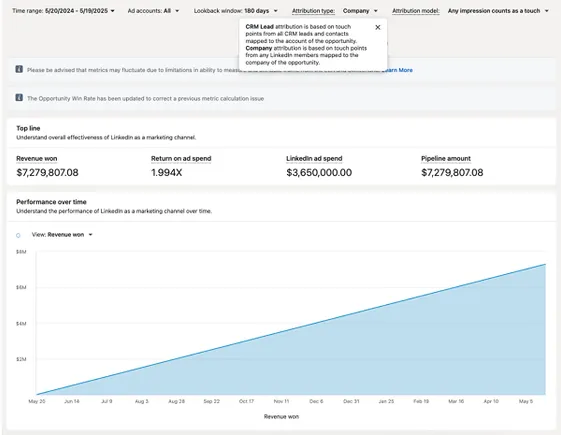








.png)
